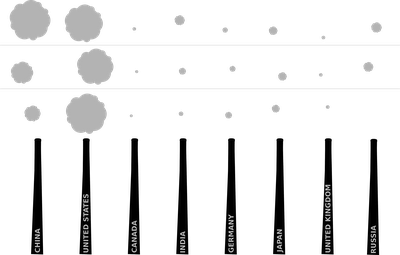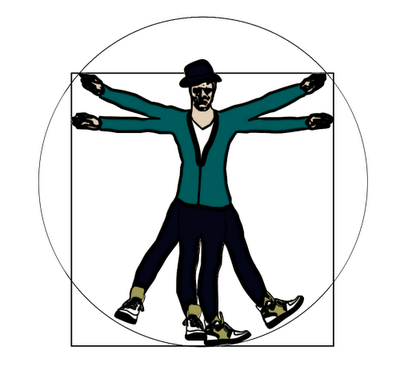Colour for everything, especially wool
There absolutely needs to be an open standard for print colour. I'm behind that and I'm working on it. But I'm increasingly of the opinion that there's more to it than print and screen. There's a world of physical things that depend on some sort of colour specification, whether loosely defined and changeable or rigid and consistent. On that first count, the loose and changeable, I've gotten to thinking about yarn and other animal proteins like silk and even human hair.
Anyone who knits knows well the pain of not buying quite enough yarn to finish a project, going back to the store, and finding that the yarn you've been working with, while still called by the same name, is a slightly different colour than before. Eventually, you learn to buy more yarn than you think you'll need, just for the sake of consistency. That's the problem with dye lots. Every batch of yarn, while using the same dye and same general process, comes out slightly different.
I'm not proposing to necessarily solve the dye lot problem. I have a hunch that a large part of it comes down to white and the inconsistency of the base colour of wool. But it has gotten me thinking. Wool is an interesting test case. It's easy enough to deal with, it has good possibilities for home brew colour experimentation and, most importantly, there's the dye. Wool, being an animal protein, can be coloured with acid dye. Or, to you and me, food colouring.
The food colouring angle is a good one. One of the biggest challenges of thinking about a spot colour system is sorting out the physical colour. It's been a hurdle in my exploration of colour for print. How, the thought goes, do you decide what the gamut of inks going into the spot colours will be? Are those colours consistent across ink manufacturers? And so on. This is the appeal of acid dye. In North America, at least, there's a handy gamut all ready to go. It's the set of dyes prefaced with the letters FD&C (food, drug and cosmetic) or D&C (drug and cosmetic). That's a limited gamut of dyes already carefully regulated by a government body. It takes away the gamut decision and just leaves questions of application and method guidelines/best practices, as well as the development of physical colours from those dyes and the translation of those colours into digital.
In short, expect some proof-of-concept wool and hair dye experiments from me in the near future.
Labels: analysis, awesome, clever ideas, design, not good enough, ocs, open source, organization, projects, textile



